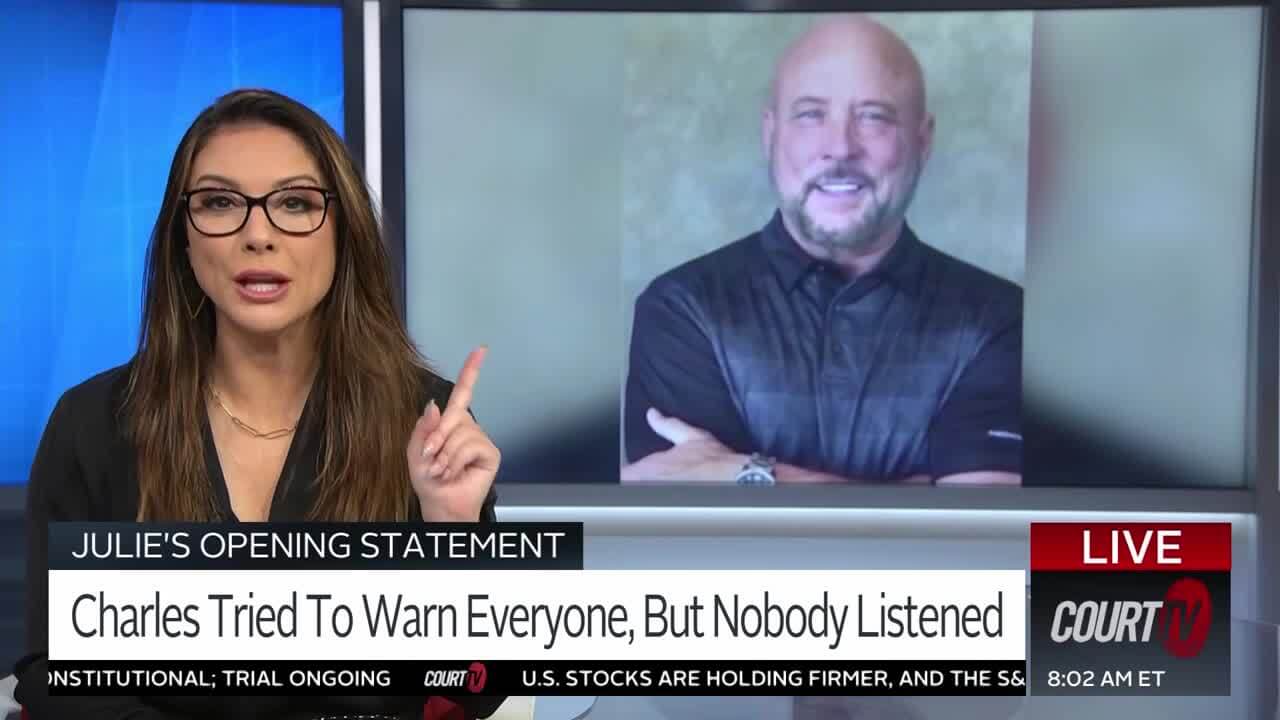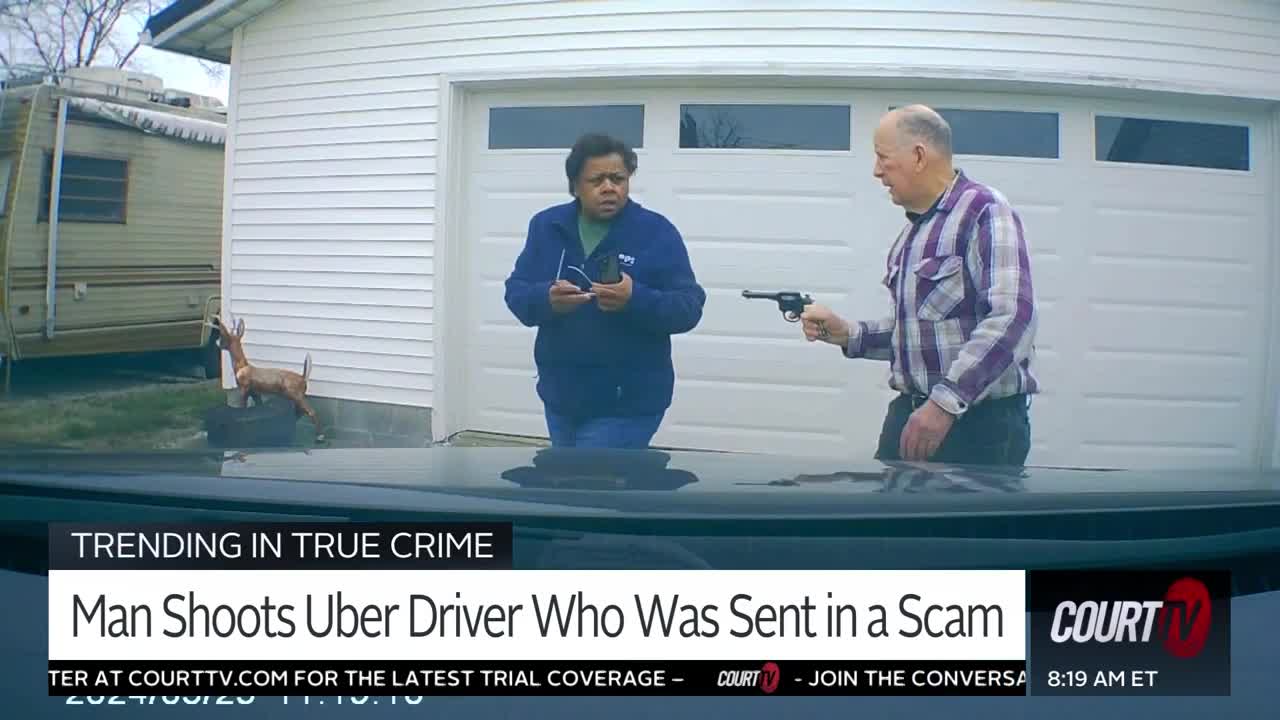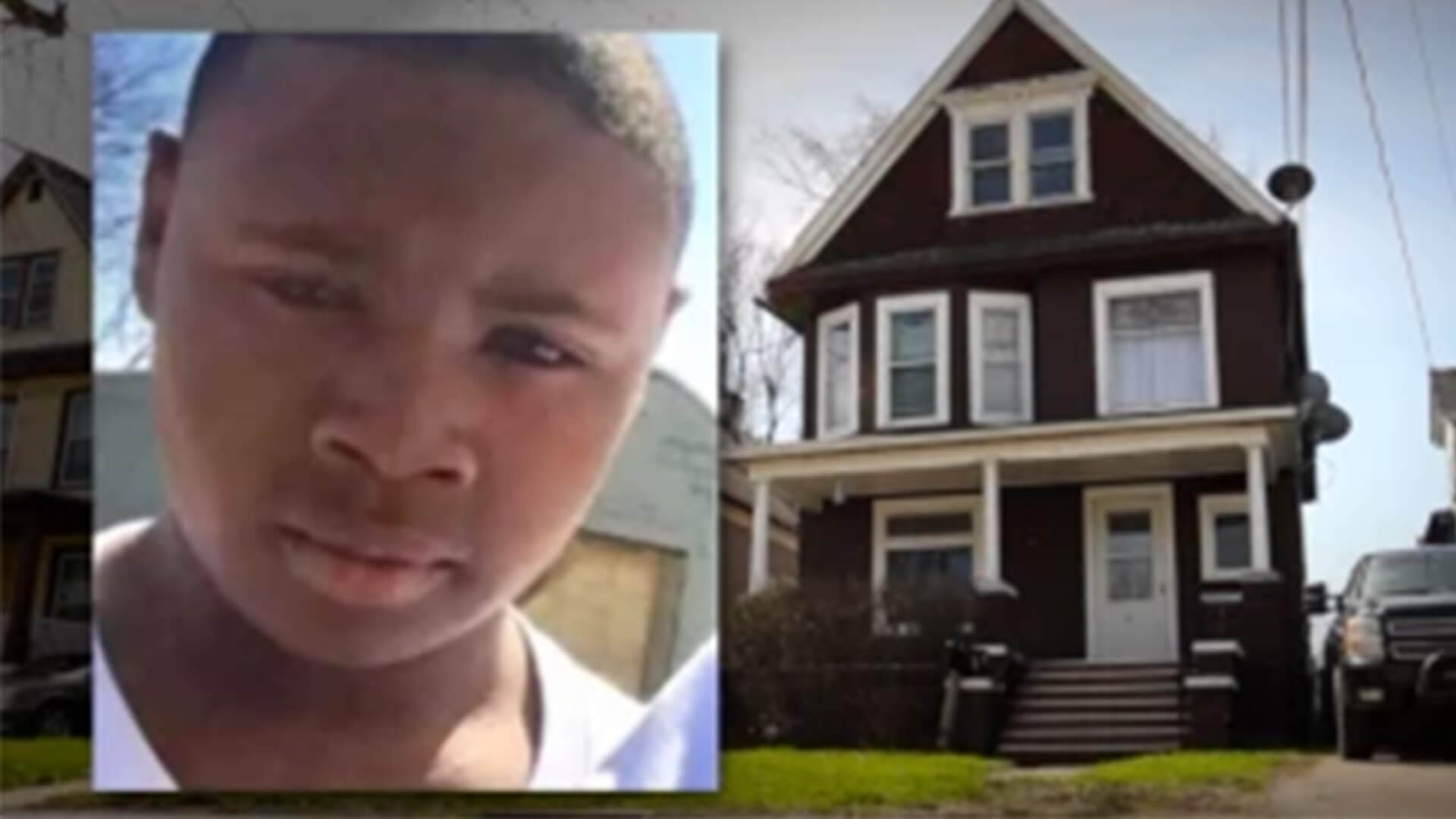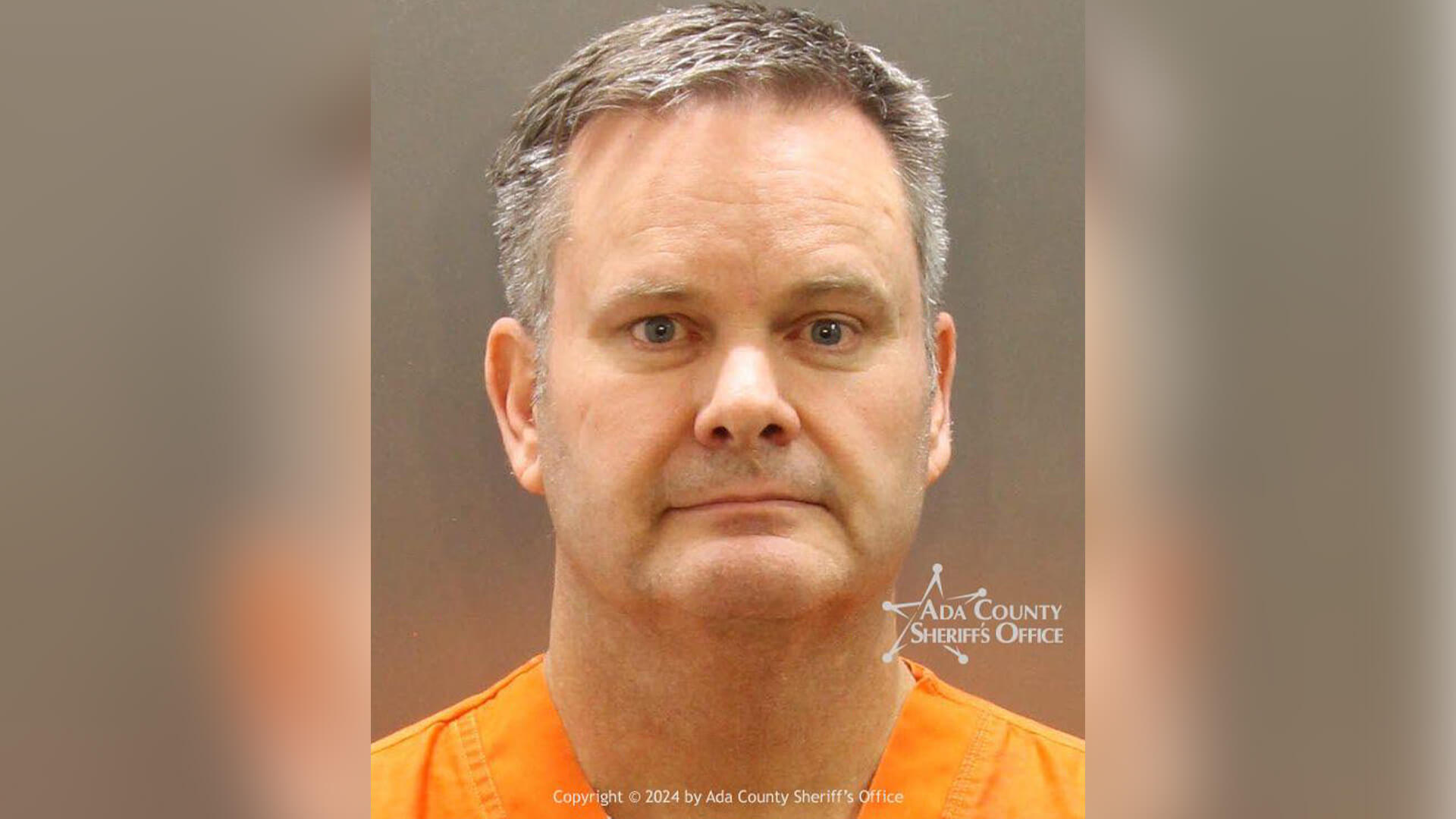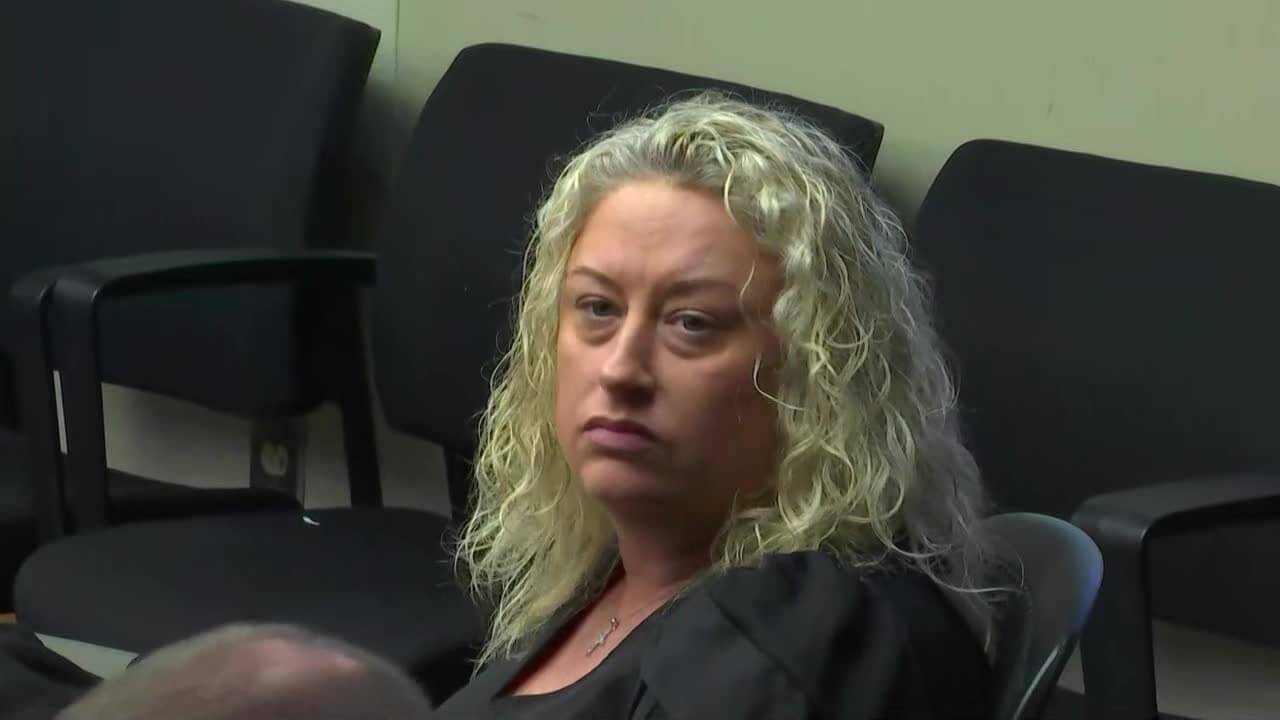By JIM MUSTIAN and JAKE BLEIBERG Associated Press
BATON ROUGE, La. (AP) — Louisiana Gov. John Bel Edwards and his top lawyers privately watched a key video of Black motorist Ronald Greene drawing his final breaths in his deadly 2019 arrest six months before prosecutors even knew the footage existed.

FILE – Louisiana Gov. John Bel Edwards speaks about the investigation into the death of Ronald Greene in Baton Rouge, La., Tuesday, Feb. 1, 2022. (AP Photo/Matthew Hinton, File)
While the Democratic governor has distanced himself from allegations of a cover-up in the explosive case by contending evidence was promptly turned over to authorities, an Associated Press investigation found that neither Edwards, his staff nor the state police he oversees acted urgently to get the crucial footage into the hands of those with the power to charge the white troopers seen stunning, punching and dragging Greene.
The video shows a bruised and bloody Greene going limp and drawing his final breaths — critical moments and audio that are absent from other footage turned over. It wouldn’t reach prosecutors until nearly two years after Greene’s May 10, 2019, death on a rural roadside near Monroe. Now three years have passed and still no one has been criminally charged.
“The optics are horrible for the governor. It makes him culpable in this, in delaying justice,” said Rafael Goyeneche, president of the Metropolitan Crime Commission, a New Orleans-based watchdog group.
“All it takes for evil to prevail is for good men to do nothing,” Goyeneche added. “And that’s what the governor did, nothing.”
What the governor knew, when he knew it and what he did about an in-custody death that troopers initially blamed on a car crash have become questions that have dogged his administration for months. Edwards and his staff are expected to be called within weeks to testify under oath before a bipartisan legislative committee probing the case and a possible cover-up.
Edwards’ attorneys say there was no way for the governor to have known at the time that the video he watched had not already been turned over to prosecutors.
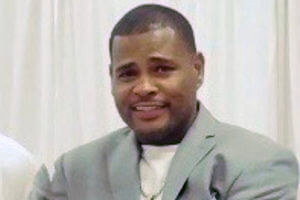
FILE – This undated photo provided by his family in September 2020 shows Ronald Greene. Authorities initially said Greene died in May 2019 after crashing his vehicle into a tree following a high-speed chase in rural northern Louisiana that began over an unspecified traffic violation. But long-withheld video shows Louisiana State troopers stunning, punching and dragging the Black motorist — growing evidence obtained by an Associated Press investigation has revealed a pattern of violence kept shrouded in secrecy. (Family photo via AP, File)
Regardless, the governor’s attorneys didn’t mention seeing the video in a meeting just days later with state prosecutors, who wouldn’t receive the footage until a detective discovered it almost by accident six months later. The head of the state police, Col. Lamar Davis, told AP his records show the video was turned over to federal authorities about the same time, mid-April 2021.
Edwards did not make himself available for an interview. But his chief counsel, Matthew Block, acknowledged to the AP that it was not acceptable for evidence to be available to the governor and not the officials investigating the case. He stressed that there was no way for the governor to have known at the time that the video he watched had not already been turned over to prosecutors, and said there was no effort to by the governor or his staff to withhold evidence.
At issue is the 30-minute body-camera footage from Lt. John Clary, the highest-ranking trooper to respond to Greene’s arrest. It is one of two videos of the incident, and captured events not seen on the 46-minute clip from Trooper Dakota DeMoss that shows troopers swarming Greene’s car after a high-speed chase, repeatedly jolting him with stun guns, beating him in the head and dragging him by his ankle shackles. Throughout the frantic scene, Greene is barely resisting, pleading for mercy and wailing, “I’m your brother! I’m scared! I’m scared!”
But Clary’s video is perhaps even more significant to the investigations because it is the only footage that shows the moment a handcuffed, bloody Greene moans under the weight of two troopers, twitches and then goes still.
And unlike the DeMoss video, which goes silent halfway through when the microphone is turned off, Clary’s video has sound throughout, picking up a trooper ordering Greene to “lay on your f—— belly like I told you to!” and a sheriff’s deputy taunting, “Yeah, yeah, that s— hurts, doesn’t it?”
Clary’s video was viewed by state police internal affairs officers more than a year after Greene’s death, but it was long unknown to detectives working the criminal case and missing from the initial investigative case file they turned over to prosecutors in August 2019.
Its absence has become a focal point in the federal probe, which is looking not only at the actions of the troopers but whether state police brass obstructed justice to protect them.
Detectives say Clary falsely claimed he didn’t have any body-camera footage of his own from Greene’s arrest and instead gave investigators a thumb drive of other troopers’ videos. But Clary, who didn’t respond to requests for comment, avoided discipline and remains in the state police.
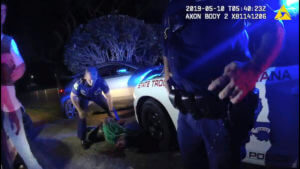
In this image from the body video camera of Louisiana State Police Lt. John Clary, Trooper Kory York stands over Ronald Greene, lying on his stomach, outside of Monroe, La., on May 10, 2019. Videos of the incident, obtained by The Associated Press, show Louisiana state troopers stunning, punching and dragging the Black man as he apologizes for leading them on a high-speed chase. (Louisiana State Police via AP)
In early October 2020, days after AP published audio of Trooper Chris Hollingsworth bragging that he had “beat the ever-living f— out of” Greene, Edwards and his top attorneys Block and Tina Vanichchagorn went to a state police building in Baton Rouge and watched videos of the arrest, including the Clary video, the governor’s office said.
Days later, the governor’s lawyers flew with Reeves and other police brass 200 miles north to Ruston to discuss the videos with John Belton, the Union Parish district attorney leading the state investigation.
The Oct. 13 meeting was intended to plan a closed-door event the next day in which Greene’s family would meet the governor and view footage of the arrest. Although the meeting was about showing video of the arrest, it never emerged that the governor’s lawyers and police commanders were all aware of the Clary footage while prosecutors were in the dark.
After AP published the body camera footage last year, the governor broke his silence and called the troopers’ actions criminal.
The governor’s lawyers now acknowledge prosecutors did not have the Clary video until spring of 2021. But Edwards insisted as recently as February that evidence turned over to prosecutors prior to his November 2019 re-election was proof there was no cover-up.
“The facts are clear that the evidence of what happened that night was presented to prosecutors well before my election, state and federal prosecutors,” Edwards said in a news conference.
“So obviously that is not part of a cover-up.”







